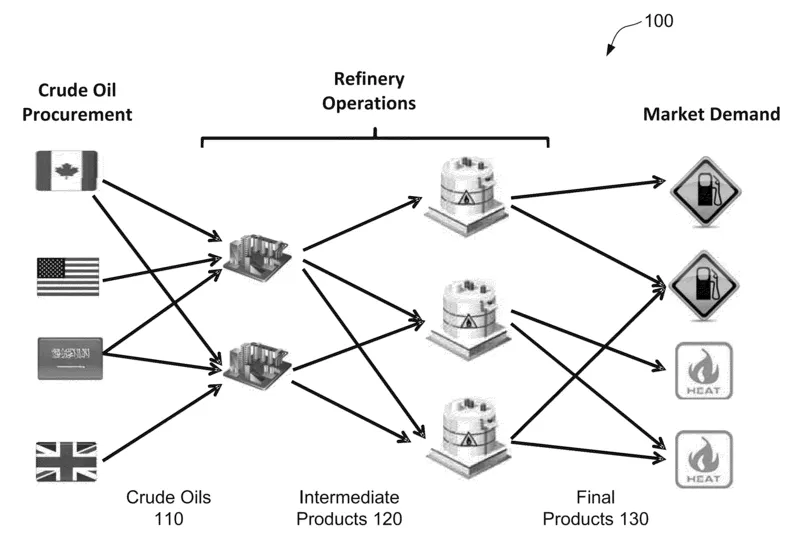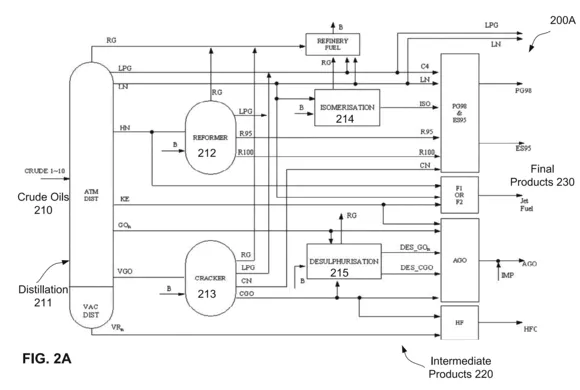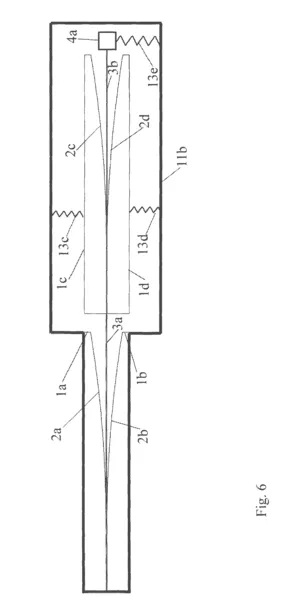Optimal Petroleum Fuels Blending Under Uncertainty
In the refining industry, crude oil procurement is the largest expenditure and has an enormous impact on refinery profitability. This technology can be used by refineries to optimize crude purchases and refiner operations.
Researchers
-
systems and methods for improving petroleum fuels production
United States of America | Granted | 10,628,750
Figures
Technology
This method reformulates the chance-constrained problem as a tractable problem by creating a two-stage stochastic programming formulation. The first stage is selecting the best crude oil combination among several candidates and their price amounts to maximize expected gross margin across all scenarios. In the second stage, the uncertainties are realized and the optimal operations of the plant are implemented such that the market demand and quality specifications are satisfied. In order to obtain the global optimal solution for this problem, the variable discretization, feasibility and optimality-based domain reduction techniques are integrated into the non-convex generalized Benders decomposition (NGDB) methodology. The enhanced NGBD approach is able to find and verify a global optimal solution within a couple of hours compared to state-of-the-art commercial software which takes several days.
Problem Addressed
Crude oil and oil markets have many uncertainties associated with the quality of the crude oil and the demands in the market. However, crude oil is processed and blended to create final products such as gasoline with strict quality constraints. Therefore, optimizing crude purchases and refining processes is essential to maximizing profits. This technology finds the global optimal solution for purchasing and blending crude oil within the affiliated uncertainties.
Advantages
- Optimizes crude oil purchases and blending under uncertainty
- Produces global optimal solution in a couple of hours
Publications
Yang, Y., and Barton, P.I. "Integrated Crude Selection and Refinery Optimization under Uncertainty." AIChE Journal 62, no. 4 (2016): 1038-1053. doi: 10.1002/aic.15075.
License this technology
Interested in this technology? Connect with our experienced licensing team to initiate the process.
Sign up for technology updates
Sign up now to receive the latest updates on cutting-edge technologies and innovations.


